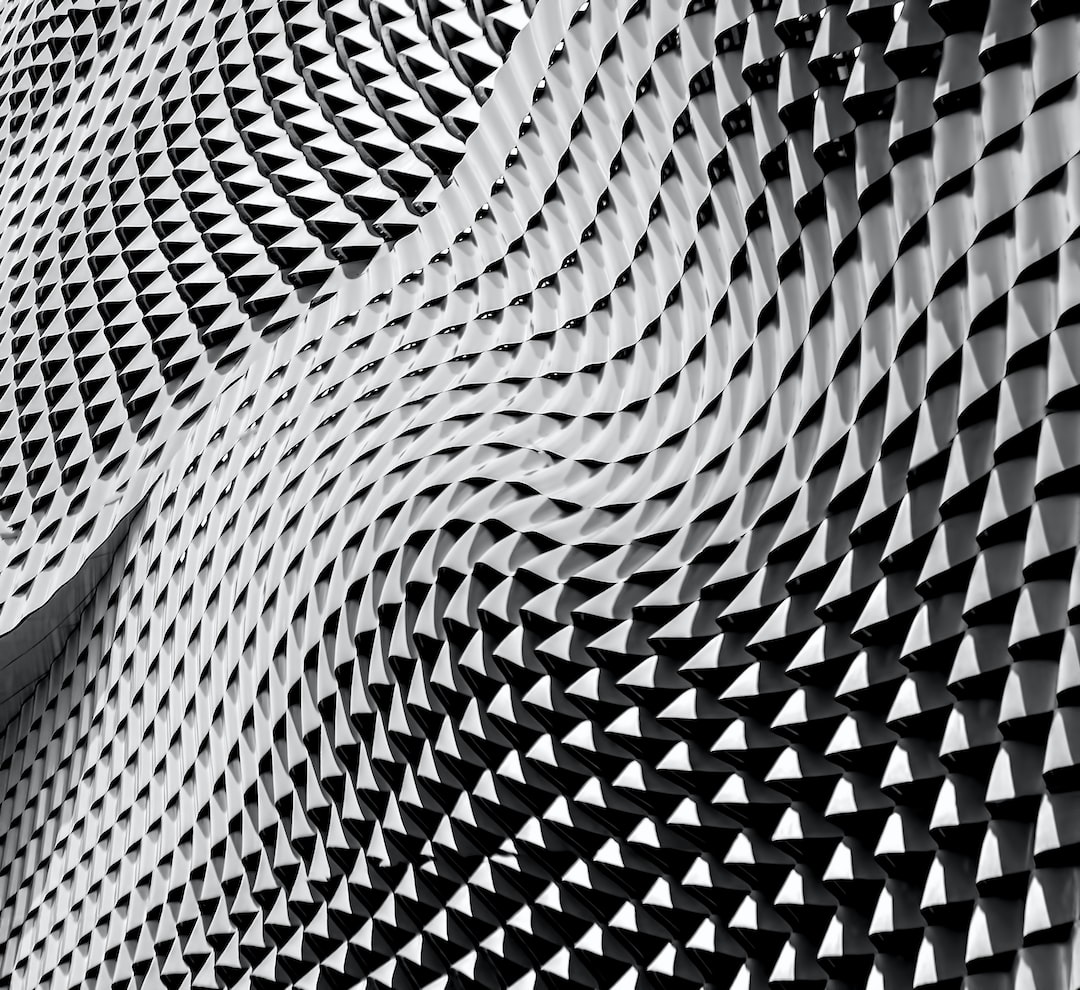Animation is a powerful tool in communication design. It allows for the creation of engaging and interactive content that can effectively communicate complex ideas and concepts. The role of animation in communication design has steadily increased over the years, as it has become an essential medium for creating impactful visual communications.
Animation is the process of creating the illusion of motion and change by rapidly displaying a sequence of images. In communication design, animation can be used to create moving graphics, characters, and objects that can tell a story, convey emotions, and express ideas.
One of the primary reasons why animation is so effective in communication design is because it appeals to our innate sense of curiosity and fascination with movement. Animated content grabs our attention and keeps us engaged in a way that static visuals cannot. This makes it a powerful tool for brands looking to create engaging content that resonates with their target audience.
Animation is also incredibly versatile, allowing designers to create a wide range of styles and visual languages. From simple illustrations to complex 3D animations, animation can be adapted to suit any design brief. This versatility allows brands to create unique and memorable visuals that can effectively communicate their message and values.
One of the most significant advantages of animation in communication design is that it can make complex ideas and concepts more accessible to a wider audience. For example, animations can be used to break down complex data and statistics into easily digestible visuals that are easier for people to understand. This can help to build trust and credibility with the audience, as they are more likely to trust and engage with content that they can easily understand.
Another important role of animation in communication design is its ability to evoke emotion and create a sense of connection with the audience. By using animation to create relatable characters and situations, designers can help to establish an emotional connection with the audience. This can be particularly effective for brands looking to create a positive image and build brand loyalty.
Animation can also be used to add an element of surprise and playfulness to visual communications. By using unexpected visuals and transitions, designers can create a sense of anticipation and excitement in the audience, helping to build engagement and interest in the brand.
In conclusion, animation plays a vital role in modern communication design. Its ability to create engaging and interactive content that effectively communicates complex ideas and concepts has made it an essential tool for brands looking to build engagement, trust, and connection with their audience. As the world becomes increasingly digital, animation will undoubtedly continue to play an important role in shaping the future of visual communications.

